|
++KL SIGHTS++ |
||
| » Selamat Datang ke Kuala Lumpur » Things to See in Kuala Lumpur (A-Z): Aquaria KLCC » Batu Caves » Chinatown » Kuala Lumpur Bird Park » Little India » Twin Towers » Things to Eat in Kuala Lumpur: Fish Head Curry And So On » Places to Party in Kuala Lumpur: Clubs and Bars » Places to Shop in Kuala Lumpur: Suria KLCC » Places to Stay in Kuala Lumpur: Discount Hotel Reservation » Getting Around Kuala Lumpur: Kuala Lumpur Street Atlas Map » Getting There: Kuala Lumpur Airport » Social Issue: Are Jews Welcome in Malaysia? » Malaysia for Indian Tourists » Learning Basic Travel Bahasa Malaysia 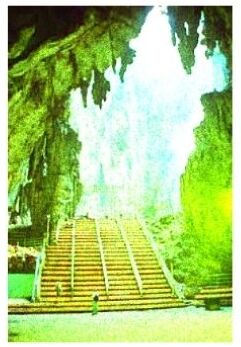
Pictures of Chinatown Kuala Lumpur Malaysia Around the World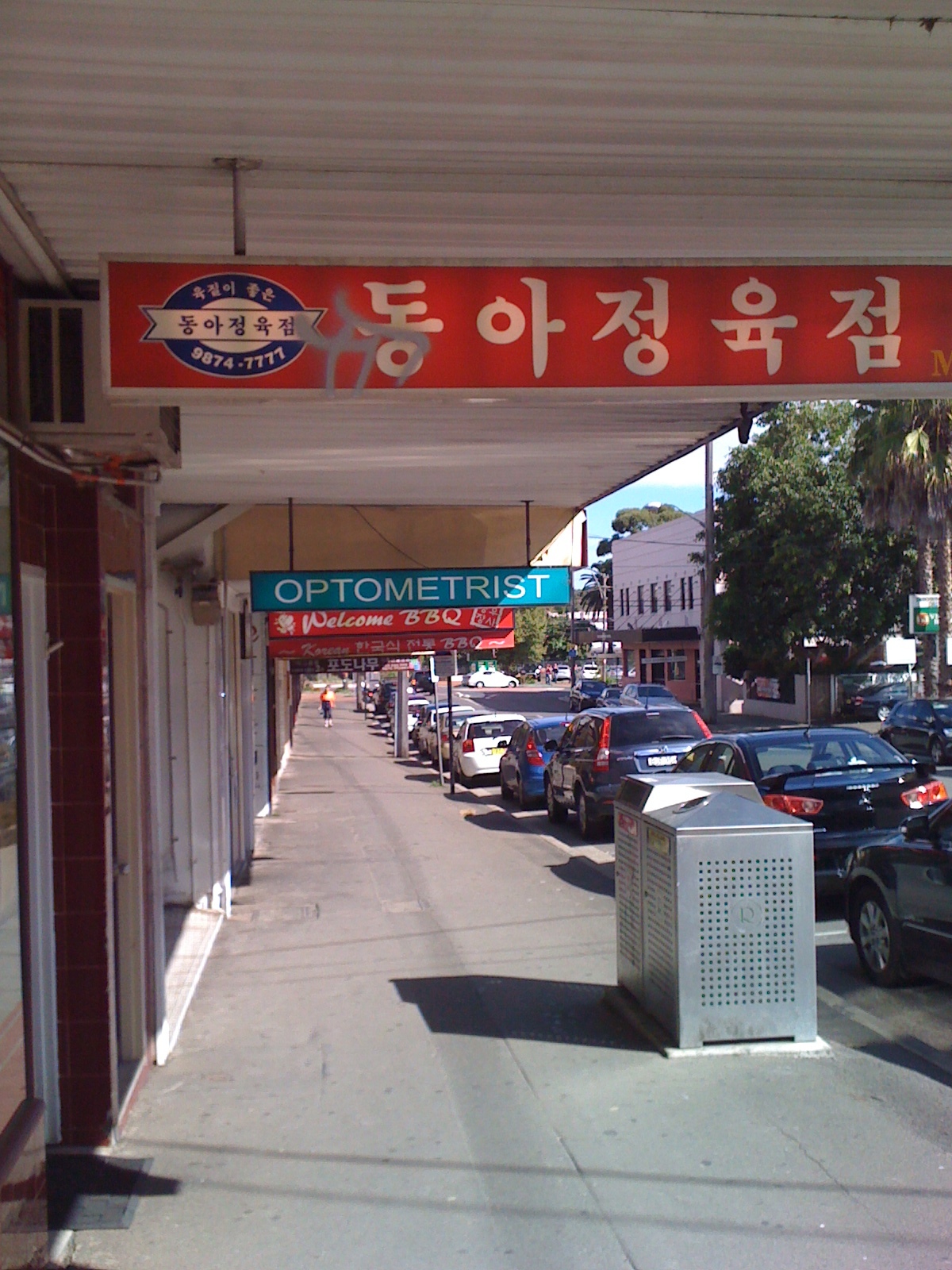 Eastwood, a Chinese/Korean Enclave in the Northern Suburbs of Sydney, Australia! |
It sounds very quaint and exotic, and it is, but be warned: the number of original shophouses in KL is falling fast, and many are being demolished. See them why they last -- and KL Chinatown is the place to see them, lah!
r a c i a l + d i v e r s i t y ONE INTERESTING THING ABOUT MALAYSIA IS: by Asian standards, it's not that old. In fact, KL's story only began in 1820, making it even younger as a city than such newcomers as Sydney! At that time, Malays, many from Sumatra crossed the Straits of Melaka, and hacked through thick virgin jungle and paddled up the Klang River to settle along its upper reaches. There was tin in the streams, and a kind of typical 19th Century Tin Rush developed. As in Australia and North America, where there was prospecting to be done, there were plenty of Chinese willing to do it, and consequently, Malaysia ended up having a large Chinese population. Many settled in the new and thriving trading town of Kuala Lumpur. Thus, from the beginning KL has had a strong Chinese influence, matching the influence of the Islamic Malays who farmed the soils and sold goods to the waves and waves of Chinese immigrants. It should be noted that when I write "Chinese", I am not referring to a uniform block of people. The Malay Chinese comprised many races including Cantonese, Swatow, Hakka and Hokkien. Each of these people have left their stamp on modern KL. If you know where and how to look, you find traces of this influence. I suspect that a Chinese food lover will be in heaven, with such a wide variety of regional Chinese cuisines on sale here!
Kuala Lumpur is basically centered around the Chinatown area, and Chinatown itself is centered around the Klang River, If Chinese temples are more your thing, then KL Chinatown has a healthy and riotous selection. The Sin Sze Si Ya Temple, for example, is said to be the oldest Taoist temple in Kuala Lumpur (according to Virtual Tourist mansionion.) As Mansionion writes: "The temple was founded by Yap Ah Loy, the third Kapitan China (Chinese Leader) of Kuala Lumpur, in remembrance of his mentor who was killed in one of the frequent feuds between the clans at the peak of the tin mining days in KL." The temple is located on Jalan Tun HS Lee, within walking distance of Chinatown. So, that is the Malay mosques and Chinese Taoist temples taken care of -- but let us not forget the Hindu temples! Indians moved to Malaysia early in its history and have contributed to the country's culture and cuisine. One of the Hindu highlights of KL Chinatown is the Sri Mahamariaman temple, built in the Tamil style. Built just across the road from the Sin Sze Si Ya Temple, the temple is fronted by a dramatic 23m-high pyramid-shaped gate tower, decorated with depictions of all the usual south Indian gods. Italian and Spanish tiles cover the walls of its interior. The temple also houses the tallest Hindu silver chariot in Malaysia, which is brought out once a year to be paraded out to the Batu Caves for the Thaipusam celebration.
p e t a l i n g + s t r e e t OF COURSE, NO ACCOUNT OF KL'S CHINATOWN IS COMPLETE WITHOUT A DESCRIPTION OF PETALING ST, THE NARROW, COVERED, OUTRAGEOUS SHOPPING BAZAAR WHICH LIES AT THE VERY HEART OF THE AREA. If you a foreign looking guy, prepared to get hassled by hawkers trying to offload their porno DVD's or cheap perfume. But cynicism aside, there are plenty of bargains to be found here. As mizzzthanggg put it: "You can get anything you want at great prices.. your designer replicas, Gucci winter fur-lined coats even!, t-shirts, leather goods, jewelry, accessories, also brilliant copies of latest before-release-in-Europe DVDs/CDs, even cheap Cable TV remote controls for RM15, mobile phone batteries and chargers, covers, etc. etc. Fake watches a-PLENTY amongst others!!! "For watches: Ranging from your basic RM13.00 for made-in-china Gucci ladies watches all the way to those better quality ones which the stall vendors keep behind glass at the back (what they call Swiss machine watches made in Hong Kong... these are the 'real deals' baby!!) If you're really good, you can bargain a good behind-the-glass-cabinet-Tag Heuer down from RM250+ to RM150 but give or take RM10 or RM20 here and there... it's a good deal! I have friends who buy a watch a month to keep up with the latest trends, crazy fun!" | |
|
| ||

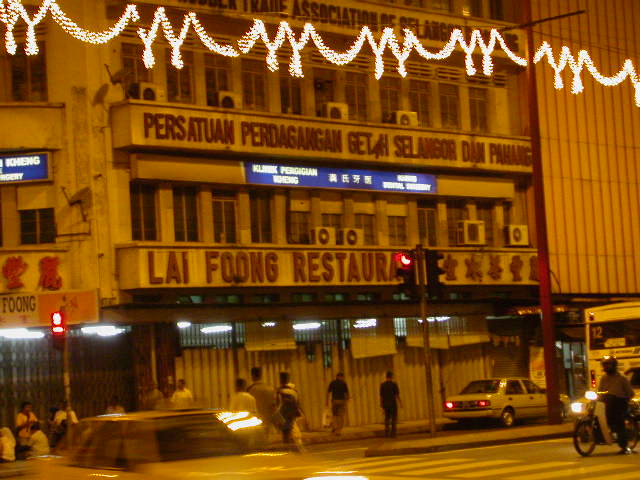
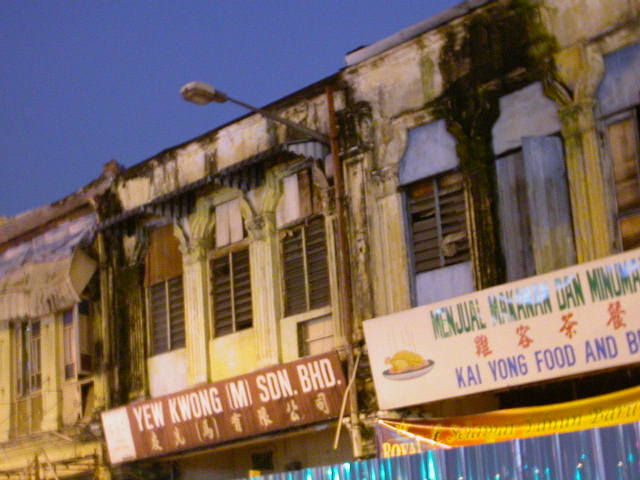 EVERY ASIAN CITY WORTH ITS SALT HAS TO HAVE ITS CHINATOWN, AND IN THE CASE OF KUALA LUMPUR, THE LOCAL CHINATOWN IS EVERYTHING YOU'D EXPECT FROM A COUNTRY WITH X MILLION RESIDENT CHINESE. In May 2005 I had the opportunity to stay in the heart of KL's Chinatown, right in the center of the area's hectic night market, in the equally hectic
EVERY ASIAN CITY WORTH ITS SALT HAS TO HAVE ITS CHINATOWN, AND IN THE CASE OF KUALA LUMPUR, THE LOCAL CHINATOWN IS EVERYTHING YOU'D EXPECT FROM A COUNTRY WITH X MILLION RESIDENT CHINESE. In May 2005 I had the opportunity to stay in the heart of KL's Chinatown, right in the center of the area's hectic night market, in the equally hectic 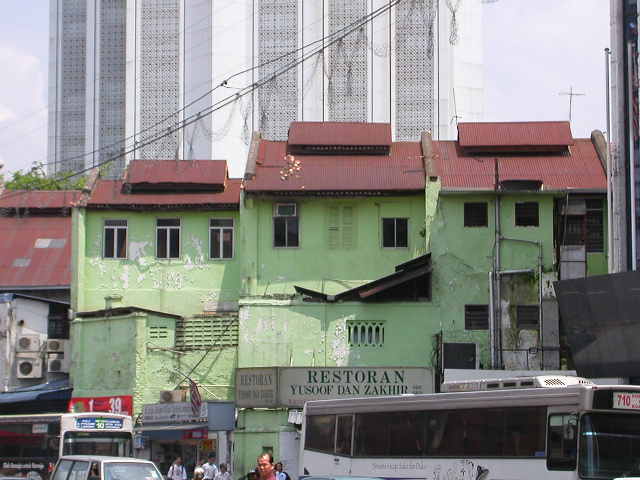 Well, let's start things where they should be started: shophouses. Kuala Lumpur (like Singapore) has plenty of them, and most of the lively ones are clustered around Chinatown. If you want to go looking for old British Empire shophouses, the place to start is High Street (now called Jalan Tun HS Lee) in Chinatown. According to
Well, let's start things where they should be started: shophouses. Kuala Lumpur (like Singapore) has plenty of them, and most of the lively ones are clustered around Chinatown. If you want to go looking for old British Empire shophouses, the place to start is High Street (now called Jalan Tun HS Lee) in Chinatown. According to 
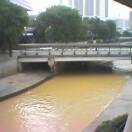 a muddy and particularly intense body of water which surges across the city, and poignantly recalls the pan-handling tin-hunting history of this place. In fact, the Klang River has been described as the powerhouse of the Malaysian economy, since most of the nation's workforce and industry resides on its banks. One particularly stunning attraction you can come upon on the muddy banks of the Klang River is the Jamek Mosque, located at the tip of Sungai Kelang and Sungai Gombak. Built by the British in 1909, the Jamek Mosque was designed in the Moghul style of north India. Cupolas and minarets top the brick walls and arched colonnades. Three domes surmount the prayer hall, the central dome is 21.3 metres high and is flanked by two lower domes. The Jamek Mosque served as the town's national mosque until the new national mosque was built in 1965.
a muddy and particularly intense body of water which surges across the city, and poignantly recalls the pan-handling tin-hunting history of this place. In fact, the Klang River has been described as the powerhouse of the Malaysian economy, since most of the nation's workforce and industry resides on its banks. One particularly stunning attraction you can come upon on the muddy banks of the Klang River is the Jamek Mosque, located at the tip of Sungai Kelang and Sungai Gombak. Built by the British in 1909, the Jamek Mosque was designed in the Moghul style of north India. Cupolas and minarets top the brick walls and arched colonnades. Three domes surmount the prayer hall, the central dome is 21.3 metres high and is flanked by two lower domes. The Jamek Mosque served as the town's national mosque until the new national mosque was built in 1965.